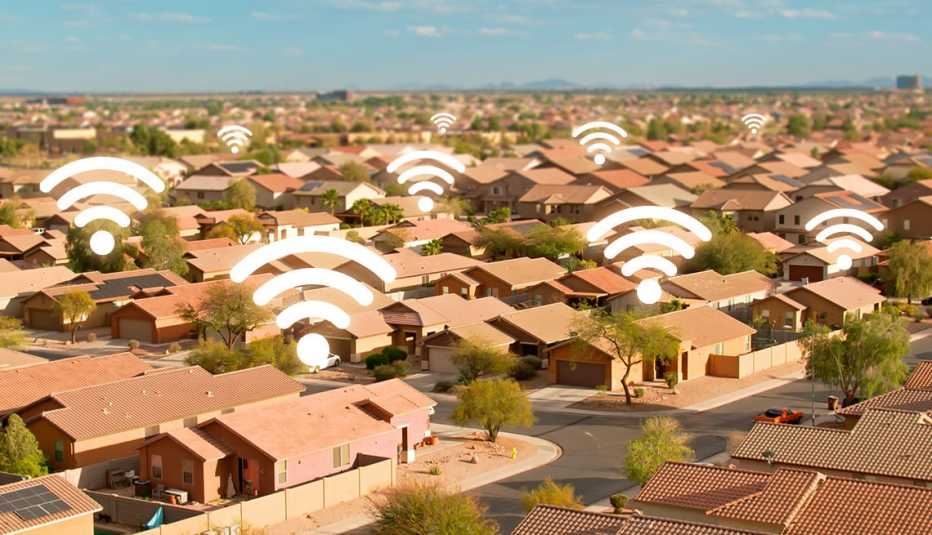AARP Hearing Center


In this story
Lifeline money • Ways to qualify • Fewer providers • Applications fall short
The lights may be going out on the Affordable Connectivity Program that’s saved millions of American households $30 a month on broadband, but a small flicker of relief remains that many may not know about.
Lifeline, a decades-old federal subsidy program initially designed to make phone — and more recently internet — service more affordable is still a viable option for households earning 135 percent or less of federal poverty guidelines.
“If you qualify for Medicaid or any of the other federal aid programs that are needs-based, you can qualify for Lifeline,” says Harold Feld, senior vice president at the digital rights think tank Public Knowledge in Washington, D.C.
Lifeline has stricter eligibility requirements and provides less help with fewer broadband providers than the ACP, but the ACP is halting sign-ups and running out of money after April unless Congress renews its financing. Lifeline offers a useful alternative to chip $9.25 a month off a broadband bill. Native Americans living on rural tribal lands are eligible for more.
To sum up the assessment of digital-equity advocates: It’s not great. But it’s not nothing and is worth a look.
How to qualify for the Lifeline subsidy
People are eligible for Lifeline’s $9.25 broadband subsidy if they:
- Have a household income of no more than 135 percent of federal poverty guidelines ($20,331 for a person living alone in the continental United States), a considerable step down from the ACP’s 200 percent ceiling, or
- Participate in one of several federal assistance programs, including Medicaid, the Supplemental Nutrition Assistance Program, Supplemental Security Income or Veterans Pension and Survivors Benefits. In comparison, the ACP’s criteria include more programs to qualify.
Fewer companies participate in Lifeline program
Lifeline has less support from internet service providers than the ACP, which may prove problematic for ACP recipients. For $9.25, “there’s a lot of paperwork associated with it for the provider,” Feld says. “You may have to switch providers.”
To find participating broadband providers, go to Lifeline’s Companies Near Me page. The selection is likely to be limited to offerings from telephone providers since Lifeline initially covered only phone service. It still offers a $5.25 voice phone subsidy.
Meanwhile, Washington, D.C.–based Verizon supports Lifeline with fixed-wireless and Fios fiber-optic service, but competitors Comcast and Astound don’t participate.



































































More From AARP
How to Bring Web Video, Home Movies to a Big-Screen TV
A step-by-step guide for communicating among devices
Incognito Browsing Isn’t as Invisible as You Think
Google agrees to settle class-action lawsuit that asked for $5 billion in damages
High-Speed Internet Access Is Finally Coming to Rural America
Low-orbiting satellites and fixed wireless hold promise, but cost continues to be a barrier
Recommended for You